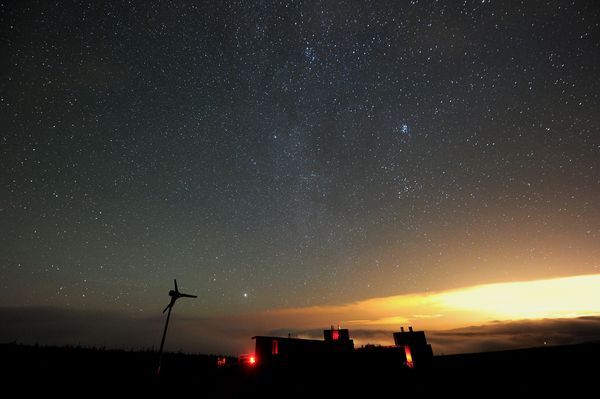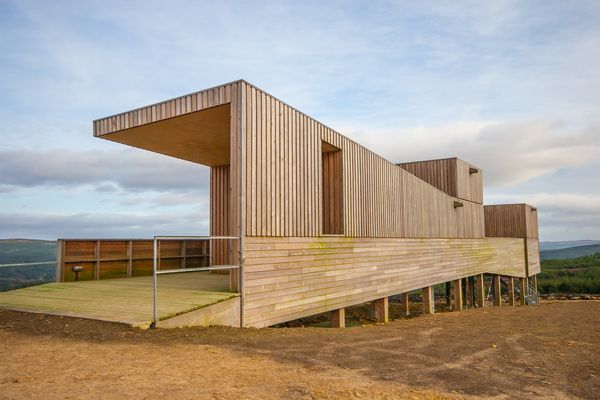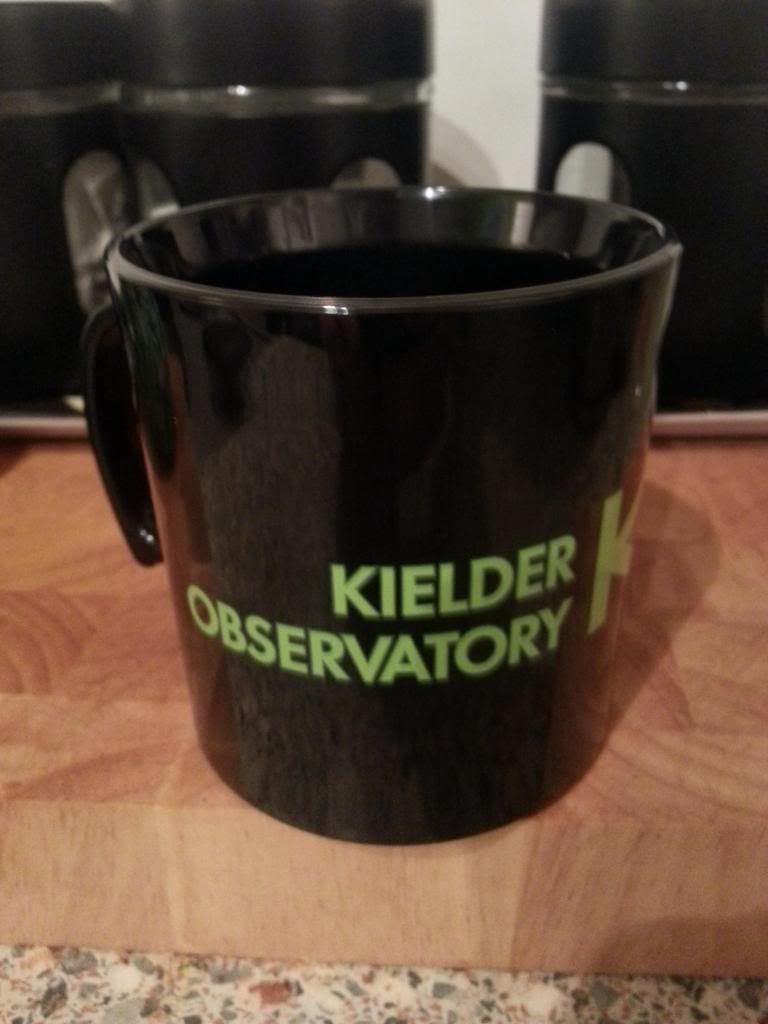You are using an out of date browser. It may not display this or other websites correctly.
You should upgrade or use an alternative browser.
You should upgrade or use an alternative browser.
*** The Official Astronomy & Universe Thread ***
- Thread starter PermaBanned
- Start date
More options
Thread starter's postsA great look at the moon from LRO:
Lunar Reconnaissance Orbiter (LRO) has been in orbit around the Moon since the summer of 2009. Its laser altimeter (LOLA) and camera (LROC) are recording the rugged, airless lunar terrain in exceptional detail, making it possible to visualize the Moon with unprecedented fidelity. This is especially evident in the long shadows cast near the terminator, or day-night line. The pummeled, craggy landscape thrown into high relief at the terminator would be impossible to recreate in the computer without global terrain maps like those from LRO.
The Moon always keeps the same face to us, but not exactly the same face. Because of the tilt and shape of its orbit, we see the Moon from slightly different angles over the course of a month. When a month is compressed into 24 seconds, as it is in this animation, our changing view of the Moon makes it look like it's wobbling. This wobble is called libration.
The word comes from the Latin for "balance scale" (as does the name of the zodiac constellation Libra) and refers to the way such a scale tips up and down on alternating sides. The sub-Earth point gives the amount of libration in longitude and latitude. The sub-Earth point is also the apparent center of the Moon's disk and the location on the Moon where the Earth is directly overhead.
The Moon is subject to other motions as well. It appears to roll back and forth around the sub-Earth point. The roll angle is given by the position angle of the axis, which is the angle of the Moon's north pole relative to celestial north. The Moon also approaches and recedes from us, appearing to grow and shrink. The two extremes, called perigee (near) and apogee (far), differ by more than 10%.
The most noticed monthly variation in the Moon's appearance is the cycle of phases, caused by the changing angle of the Sun as the Moon orbits the Earth. The cycle begins with the waxing (growing) crescent Moon visible in the west just after sunset. By first quarter, the Moon is high in the sky at sunset and sets around midnight. The full Moon rises at sunset and is high in the sky at midnight. The third quarter Moon is often surprisingly conspicuous in the daylit western sky long after sunrise.
Celestial south is up in these images, corresponding to the view from the southern hemisphere. The descriptions of the print resolution stills also assume a southern hemisphere orientation.
The Northumberland site becomes Europe’s biggest Dark Sky Park 
The nighttime sky seen from the Kielder Observatory
http://www.northumberlandnationalpark.org.uk/visiting/thingstodo/stargazing
http://www.berwick-advertiser.co.uk...omes-europe-s-biggest-dark-sky-park-1-3226557





The nighttime sky seen from the Kielder Observatory

http://www.northumberlandnationalpark.org.uk/visiting/thingstodo/stargazing
http://www.berwick-advertiser.co.uk...omes-europe-s-biggest-dark-sky-park-1-3226557




The blog:
http://blogs.esa.int/gaia/
Gaia is scheduled to launch on 19 December 2013 at 09:12:18 GMT.
A simple point and shoot  ....
....
More:
http://sci.esa.int/gaia/53281-inside-gaias-billion-pixel-camera/
 ....
.... More:
http://sci.esa.int/gaia/53281-inside-gaias-billion-pixel-camera/
- Joined
- 13 Apr 2010
- Posts
- 18,487
- Location
- Sunny Sussex
http://www.lbc.co.uk/ask-an-astronaut-put-your-question-to-commander-hadfield-82678
Pretty interesting listen, you can't burp in space it all comes out the rear
Chris Hadfield, the former Commander of the International Space Station, will be live on LBC 97.3 to talk about his life as an astronaut.
Pretty interesting listen, you can't burp in space it all comes out the rear
Possible water geysers detected on Europa.
This is huge news if it turns out to be true. It would give a great deal more credence to the idea of there being a liquid water ocean under the surface. It might also make it possible to fly a probe through the plume to collect samples and see if there's anything interesting in there.
This is huge news if it turns out to be true. It would give a great deal more credence to the idea of there being a liquid water ocean under the surface. It might also make it possible to fly a probe through the plume to collect samples and see if there's anything interesting in there.
December 14th and 15th after midnight: the Geminid Meteor Shower


The early mornings of December 14th and 15th will give us the chance, if clear, of observing the peak of the Geminid meteor shower. Sadly, this is not a good year, as a waxing Gibbous Moon high in Aries will hinder our view This means that you will only see the brighter trails by looking high up away from the glare of the Moon. An observing location well away from towns or cities will also pay dividends though. The relatively slow moving meteors arise from debris released from the asteroid 3200 Phaethon. This is unusual, as most meteor showers come from comets. The radiant - where the meteors appear to come from - is close to the bright star Castor in the constellation Gemini as shown on the chart. If it is clear it will be cold - so wrap up well, wear a woolly hat and have some hot drinks with you.
Got an early Xmas present, membership to the BAA


Nice one Tibbz, was pondering on this myself maybe next year




